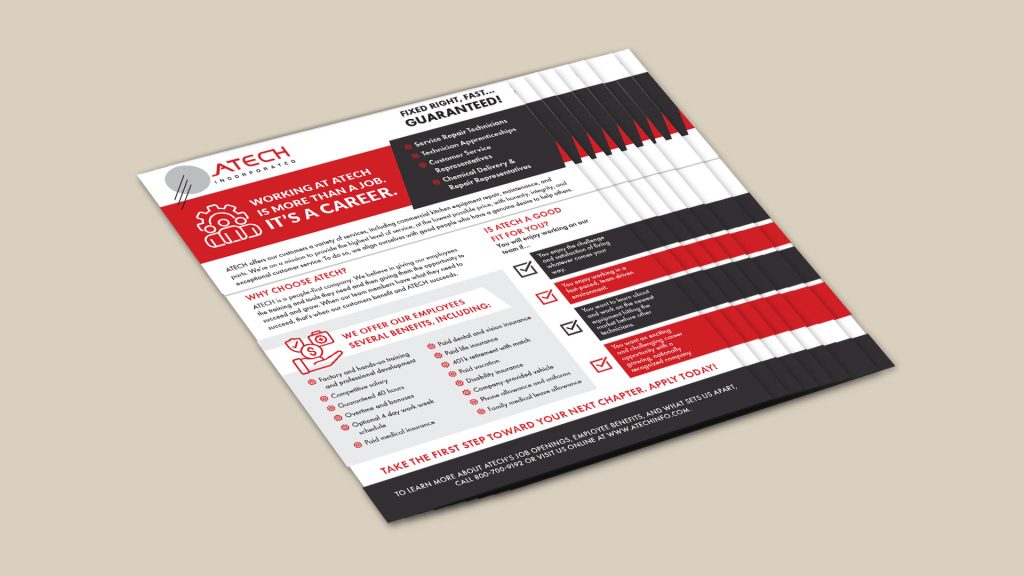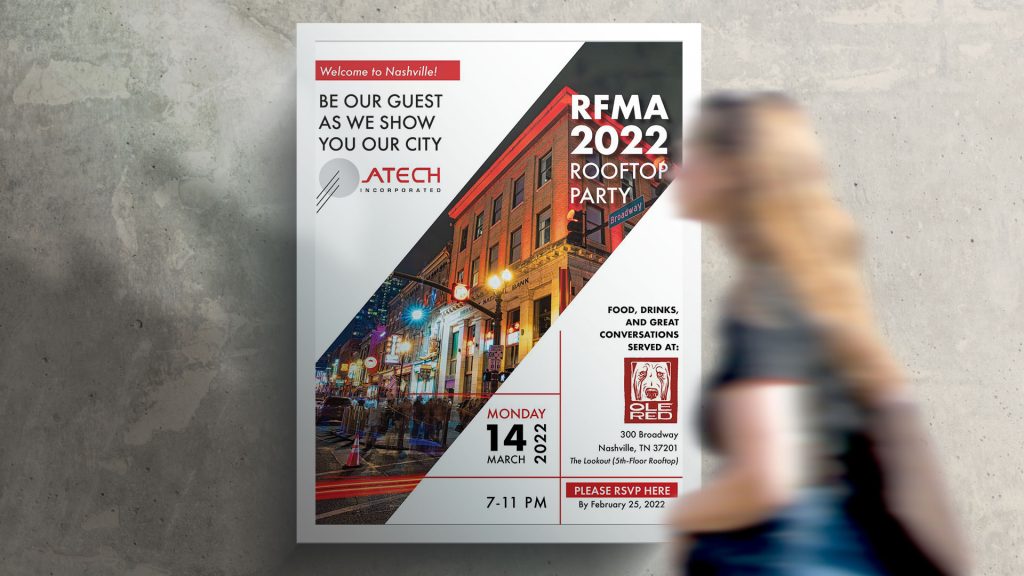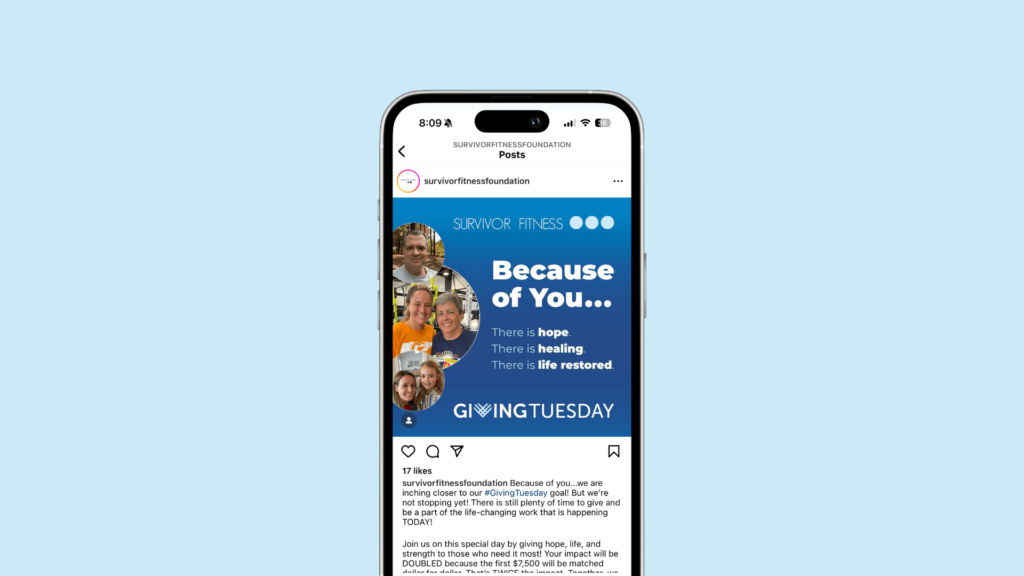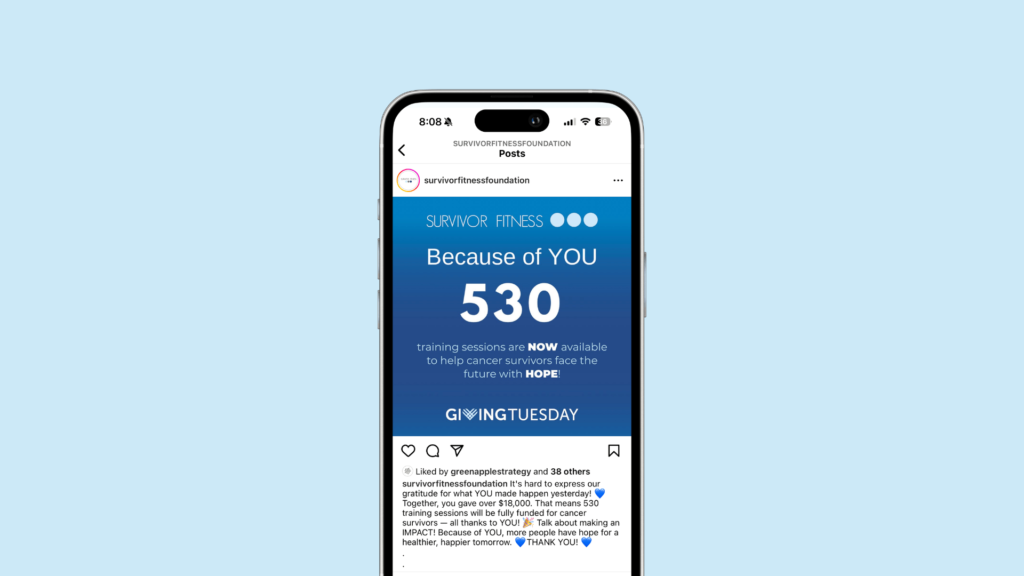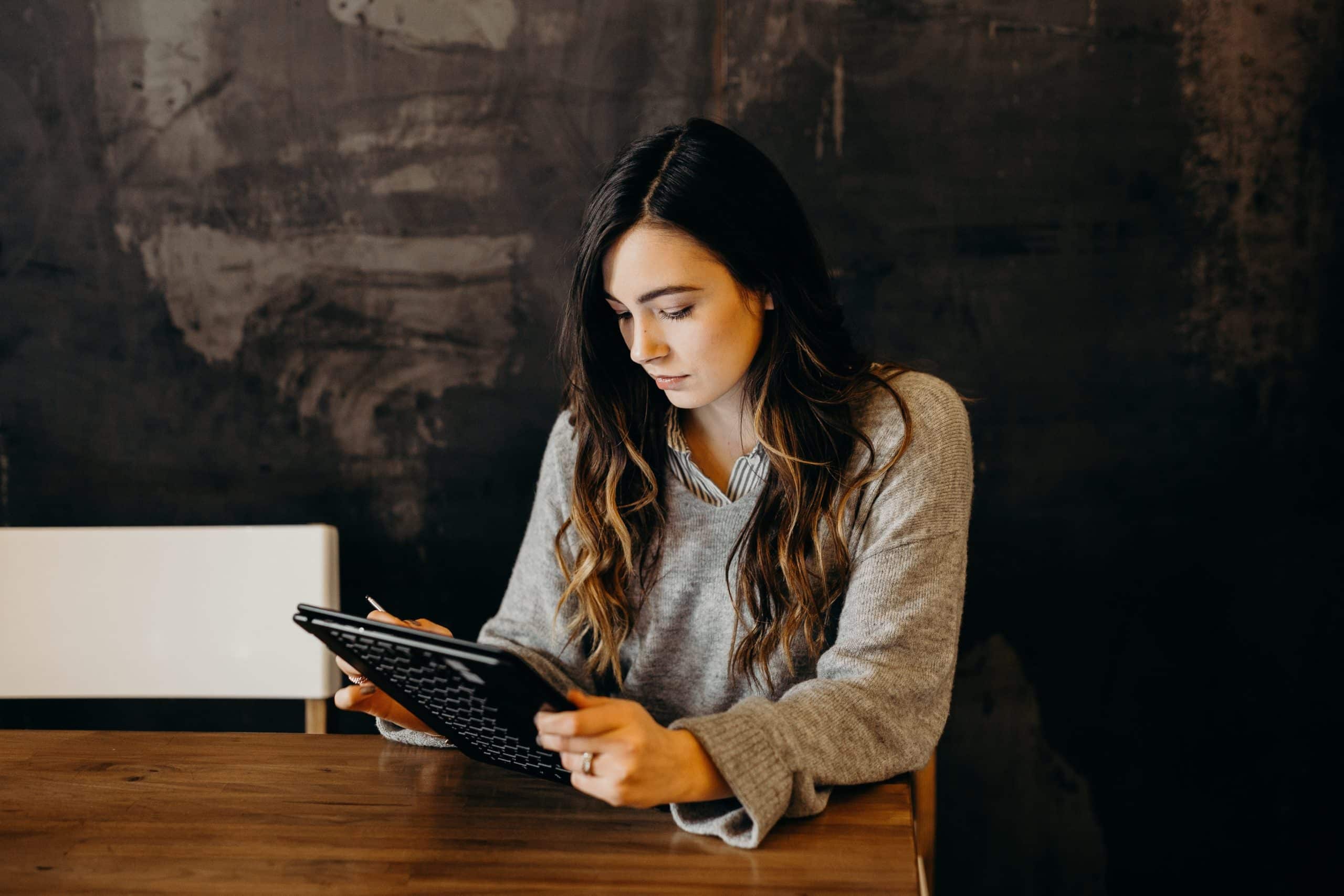Once upon a time, marketing and operations existed in separate universes. Marketing focused on brand awareness, lead generation, and campaigns. Operations handled logistics, fulfillment, and customer experience. But today, those old silos don’t reflect how businesses works. Everything is marketing, and the way your business operates directly impacts how your brand is perceived.
Whether you’re launching a new product or streamlining the customer experience, marketing and operations need to move as one. When they don’t, businesses struggle to scale effectively. In this article, we wanted to offer some critical insights we’ve learned from walking alongside our clients to ensure their marketing and operations teams work together in tandem.
Why Marketing and Operations Need to Be in Sync
Here are a few reasons why getting these two teams in sync is essential:
1. A Marketing Disconnect Is Expensive—Really Expensive
Nearly 60% of companies admit they struggle to link their marketing efforts to overall business goals. The result? Wasted resources, disjointed messaging, and frustrated customers. If marketing is driving leads that operations can’t support, or operations are making changes that impact the brand without marketing’s input, growth becomes chaotic instead of strategic.
2. Silos Stunt Success
Businesses with aligned marketing and operations strategies are 67% more likely to outperform their competitors in revenue growth. When these teams collaborate, marketing efforts become more effective and operations can scale smoothly to meet demand. Simply put, alignment isn’t just a “nice to have”—it’s a competitive advantage.
3. Adaptability Is Everything
Markets shift, customer expectations evolve, and new competitors emerge. If marketing and operations are disconnected, your business risks falling behind. Companies that align their marketing and business plans can pivot faster, stay relevant, and seize new opportunities with confidence.
At the end of the day, the two can’t afford to operate in isolation. Marketing should drive growth, but operations should be equipped to handle that growth. Likewise, operations decisions impact the customer experience, which falls under marketing’s domain.
4 Keys to Scaling Successfully with Marketing & Operations
So, how do you get marketing and operations working together for scalable success? Here are four essential strategies:
1. Know Your Ideal Customer—And Make Sure Everyone’s on the Same Page
Marketing is often laser-focused on generating leads, but what happens next? If operations isn’t prepared to handle an influx of new customers—or if marketing is attracting the wrong type of customer—it creates friction.
By aligning around your ideal customer persona, both teams can work toward sustainable growth. Marketing understands who to target, and operations ensures they can deliver on the promise. This prevents mismatched expectations and helps optimize the customer journey from first touchpoint to long-term relationship.
2. Align Your Tech Tools—Because Clunky Processes Kill Growth
Marketing and operations often rely on different software, from CRM platforms and automation tools to inventory management and customer service systems. If these tools don’t communicate, you’re left with inefficiencies, data silos, and frustrated teams.
While you don’t need a perfectly integrated tech stack, the core systems should work together seamlessly. When marketing and operations share aligned tools, automation becomes easier, customer data is more accessible, and teams can make faster and smarter decisions.
3. Use Data to Drive Mutual Decision-Making—Not Just Reporting
Both marketing and operations collect a goldmine of data. Marketing tracks campaign performance, customer engagement, and conversion rates. Operations gathers insights on fulfillment speed, product demand, and customer service trends. But raw data isn’t enough—it needs to be translated into actionable strategy.
The key is to define shared business objectives and determine which metrics matter most. What data points will help both teams make better decisions? By aligning on key performance indicators (KPIs), marketing and operations can create a data-driven culture that fuels sustainable growth.
4. Communication Is the Secret Ingredient
The biggest reason marketing and operations fall out of sync? Lack of communication. If these teams only meet once a year (or only talk when there’s a problem), alignment is impossible.
Instead, there should be a continuous feedback loop and ongoing communication between teams. Marketing should regularly update operations on upcoming campaigns, customer insights, and shifting market trends. Operations should provide marketing with data on product performance, customer feedback, and any challenges in scaling. Regular check-ins, shared dashboards, and open dialogue ensure everyone is moving in the same direction.
Need Help Aligning Marketing and Operations? We’ve Got You.
If there’s one thing we’ve learned at Green Apple Strategy, it’s that marketing doesn’t exist in a vacuum. To build a scalable business, marketing and operations must work hand in hand.
That’s why, when we develop marketing strategies for our clients, we make sure operations has a seat at the table. Because a rising tide should lift all boats—without capsizing one in the process.
If your marketing and operations teams aren’t on the same page, we can help. Reach out to us to learn more about our strategic approach and how we can support your business growth.










